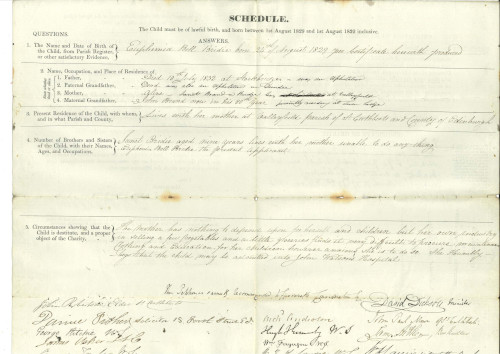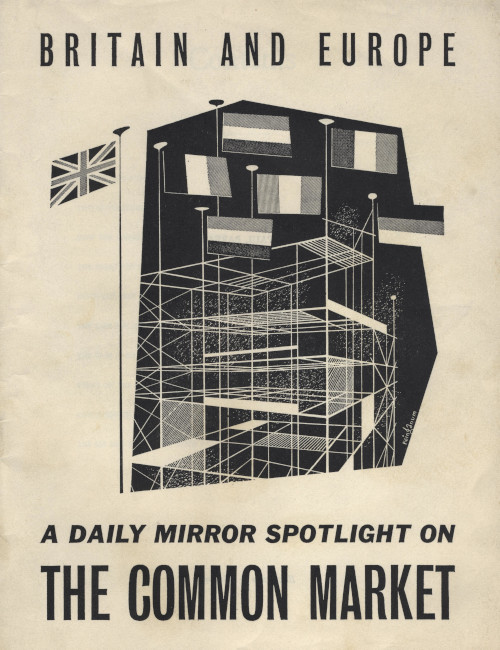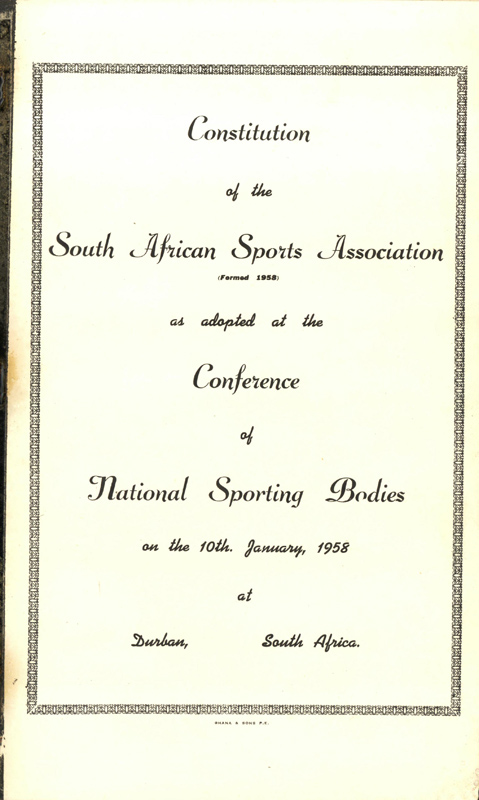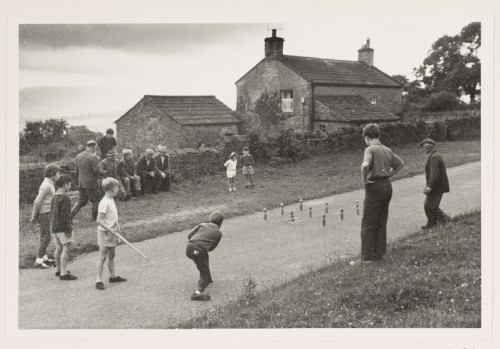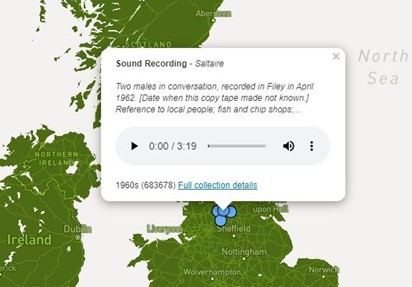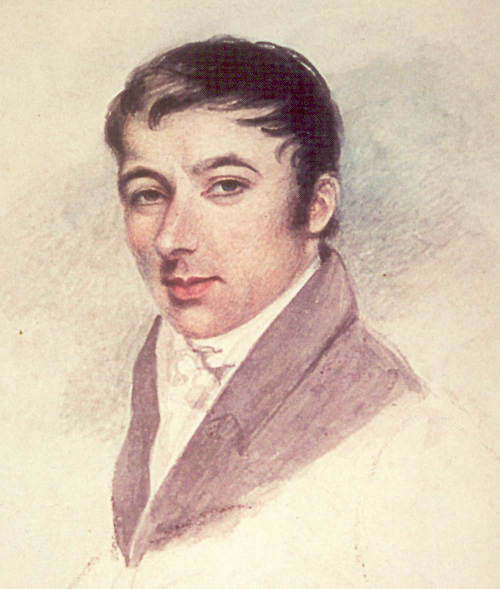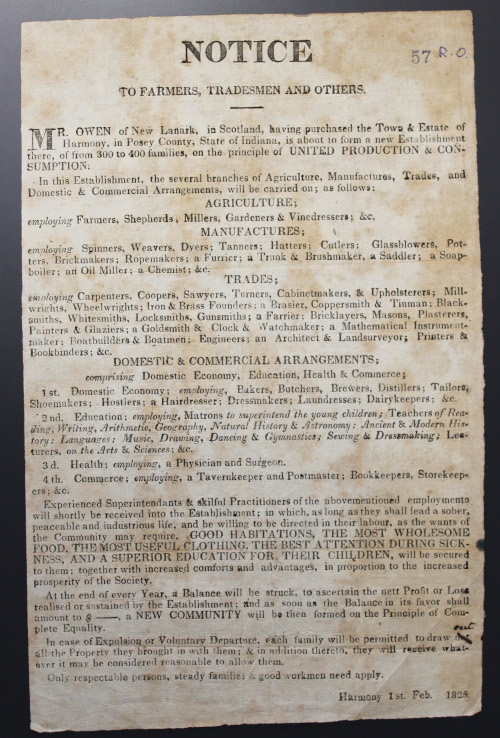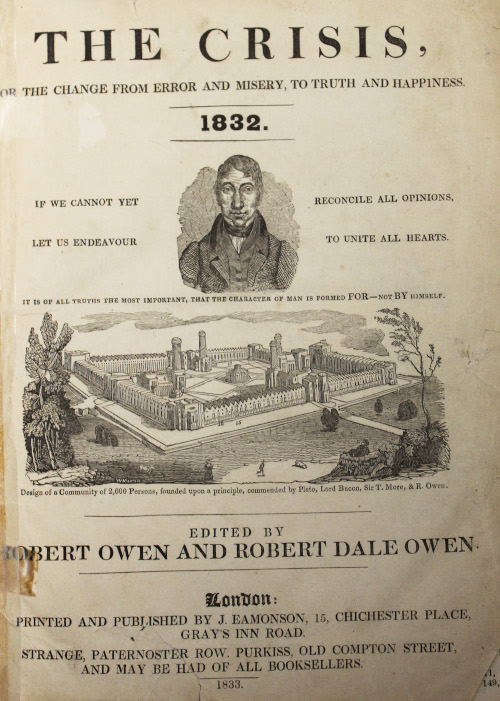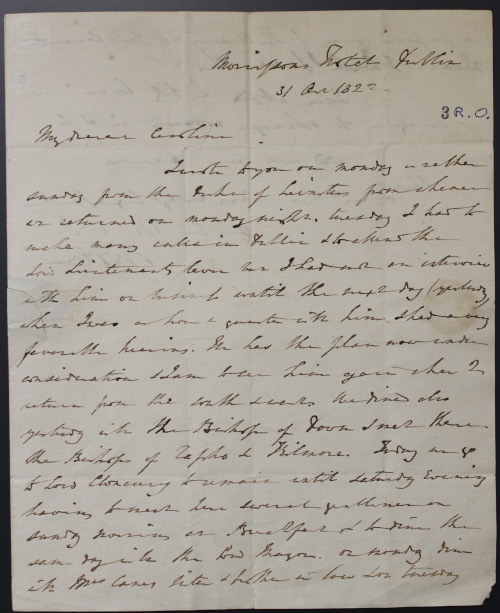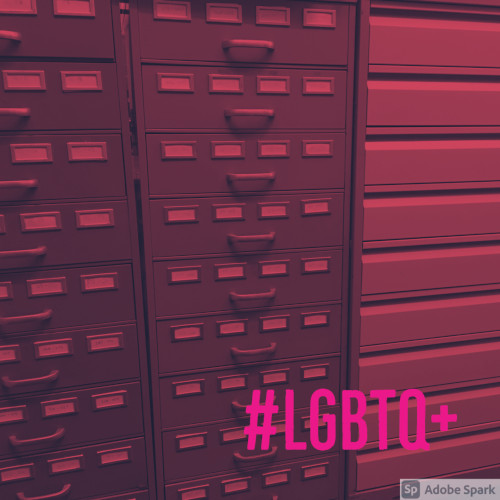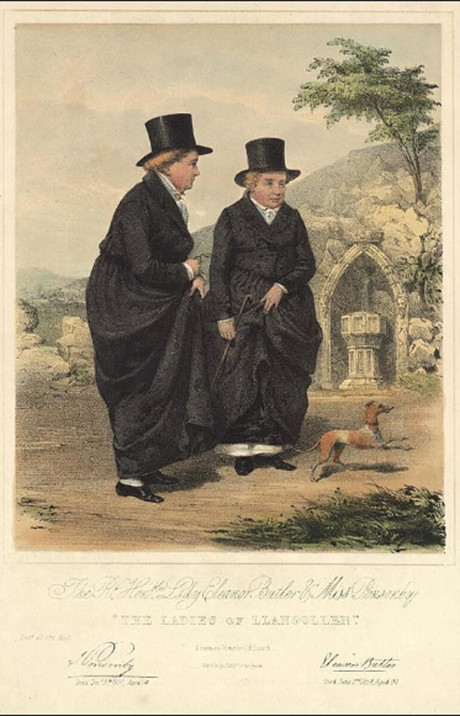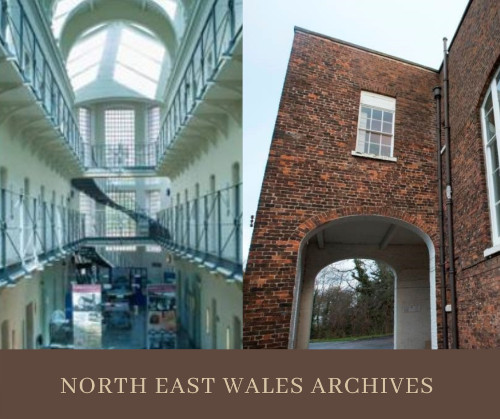Archives Hub feature for October 2021
The archive collections of the Royal College of Surgeons of England contain a rich breadth of material covering not just surgery but natural history, medical science, military medicine, medical illustration, hospitals, infectious diseases and social and cultural history. Coverage of the 19th and early 20th centuries is particularly strong, though we have a number of 15th to 17th century manuscripts and modern corporate records.
The collections include material relating to a range surgical specialities and key themes in the history and development of surgery, for example the professionalisation of surgery, the entry of women into the profession, and the influence of war on surgery.
In addition, the College is an international centre for the study of the life and work of John Hunter (1728-1793), holding comprehensive material representing his museum collections, research, correspondence, published works and family life.
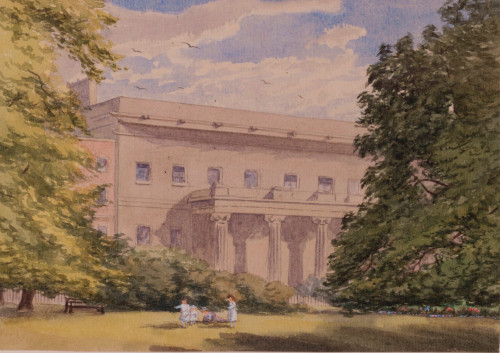
College Archive
Since its incorporation in 1800 the Royal College of Surgeons of England (RCS) has played a major role in the teaching and examination of surgeons. This role is comprehensively represented in our archive collections.
The corporate archive, dating from the founding of the Company of Surgeons in 1745 to the present day (mostly pre-1950), such as minutes of the Court of Examiners, illustrate the strategic direction taken by the College in relation to the education and training of surgeons. Sample examination papers, exam regulations and results books demonstrate the types of subjects studied and the rigorous levels of assessment undertaken by surgeons. We also hold an extensive set of 18th and 19th century lecture notes written by students attending the lectures of eminent surgeons and scientists. Their written notes were the chief method of recording surgical knowledge and were used throughout a surgeon’s career.
Our complete series of Council Minutes speak both to the College’s role in the governance of surgery and to the broader context of medical politics.
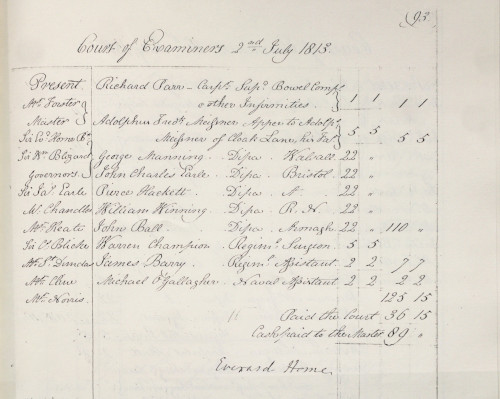
Fellows Papers
In addition to its own records, the College has acquired collections of research notes, patient case files and personal papers of eminent British surgeons who were Fellows of the College. Highlights include Astley Paston Cooper (1768-1841), surgeon, professor of comparative anatomy and President of RCS; surgeon and pathologist James Paget (1814-1899); James Berry (1860-1946), who pioneered thyroid surgery in England; dental surgeon Eric William Fish (1894-1974); and Harold Gillies (1882-1960), who developed new procedures to reconstruct the faces of soldiers injured during the First World War.
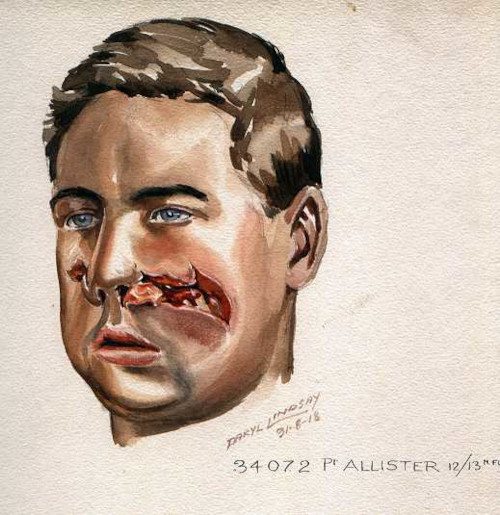
First World War surgery is well represented in our collections, other examples being John Dudley Buxton, dental surgeon William Warwick James and medical artist A. Kirkpatrick Maxwell.
Medical Science and Public Health
Our collections reflect major medical advances that revolutionised surgical practice in the 19th century. One of our most remarkable series is the ‘Lister Rolls’, a set of 6 large manuscript drawings on gigantic rolls, created by Joseph Lister and his assistants as visual aids in teaching microbiological concepts in medical school lecture theatres in the 1870s – the earliest period of the ‘germ theory’. We also hold some of Lister’s research papers and our Library holds the majority of his published works, some of which are annotated and given to the Library by Lister himself.
Edward Jenner was a pupil of Hunter, who encouraged him to test his theories using Hunter’s scientific experimental approach. We hold Hunter’s letters to Jenner, other Jenner correspondence and a manuscript draft of the original cowpox vaccination publication. Our collections also contain letters discussing smallpox vaccinations (1806-1807) and a small collection of anti-vaccination material.
Hospital Records
As a Place of Deposit for Public Records, RCS Archives hold some significant collections of hospital records, notably the London Lock Hospital for venereal disease and its associated Rescue Home for ‘fallen women’ (1746-1948).
Our collection from St George’s Hospital Medical School reflects the role St George’s played in training doctors and surgeons between the years 1762-1933. Most of the collection is within the 19th century with Sir Benjamin Brodie’s medical case notes and experiments, John and William Hunter lecture series and lectures from other notable surgeons including Sir Everard Home and Percivall Pott.
Museum Collection
John Hunter’s vast collection of human and comparative anatomy and pathology specimens was transferred to the College in 1799. This collection forms the core of the College’s Hunterian Museum (reopening early 2023).
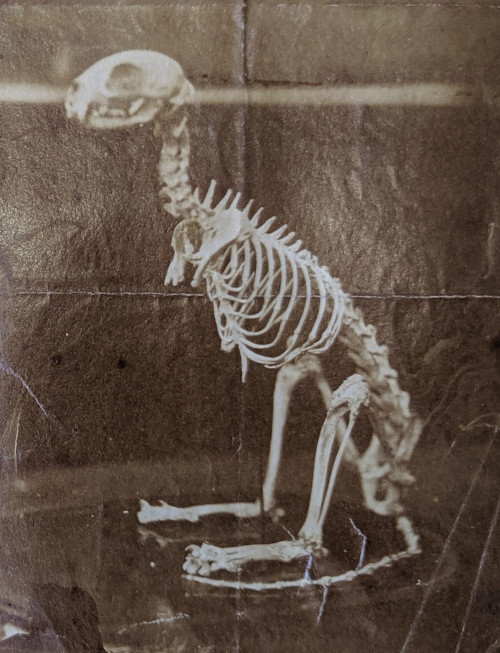
The museum archive (1800-present), which includes specimen catalogues, donations registers and curators’ reports, complements and contextualises the Hunterian Museum collection. In 1941 the College suffered extensive bomb damage, resulting in the loss of approximately two thirds of the museum collections, so in many cases the archival records relating to specimens are the only remaining record of them.
We also hold the papers of many of the Museum’s curators, including William Clift (1775–1849), who was John Hunter’s assistant and the first conservator of the Hunterian Museum; the palaeontologist Richard Owen (1804-1892); microscopist John Thomas Quekett (1815-1861); zoologist William Henry Flower (1831-1899); and anatomists Sir Arthur Keith (1866-1955) and Frederick Wood Jones (1879-1954). These help to tell the story of the development of the Museum and reflect the curators’ personal research interests.
Natural History
The College has added depth and breadth to its natural history collections by acquisitions, for example the papers of zoologists George Busk (1807-1886) and William Charles Osman Hill (1901-1975). Our natural history collections contain fine examples of anatomical and zoological illustrations, including the first proofs of the engravings for the first edition of Gray’s Anatomy.
The museum correspondence series give a fascinating snapshot of 19th to early 20th century views on anatomy and zoology. Letters were a forum for debate and knowledge sharing between museum curators and scholars from all over the world, so they are a treasure trove of interesting stories, for example, “an enormous lizard-like animal” that was spotted in Tonga in 1834, and a platypus that was sent as a gift by the Australian government to Sir Winston Churchill in 1943.
Manuscripts
RCS Archives holds some exceptional manuscripts, for example a medicinal recipe book by the 17th century diarist Elizabeth Isham; the medical log of Christopher Bowes, a ship’s surgeon on the slave ship Lord Stanley in 1792 sailing between Africa and the West Indies; and the ‘Diary of a Resurrectionist’, a manuscript by a grave robber active in the London region in 1811-12 which details the practice of body-snatching.
While the collections concentrate mainly on surgical subjects, there is also important material that provides insight in unexpected subject areas.
Social History
The London Lock collection contains a volume of biographical histories of female patients in its Asylum, many of whom were prostitutes, dating from 1787-1808. This is a unique source of evidence on a group of women whose lives would have been hidden at the time.
Before the Anatomy Act there was a shortage of cadavers for anatomical research and surgical training, so the bodies of executed criminals were given to the College for dissection. William Clift sketched their heads and recorded notes about their crimes.

The Arts
Members of the Hunter family were artists in their own right, and the family were friends with many artists and musicians. As a result our collections contain poetry and a libretto for Hayden’s Creation, by Anne Home Hunter; papers and correspondence of the poet and dramatist Joanna Baillie, including letters exchanged with literary acquaintances such as Sir Walter Scott, William Wordsworth, and Maria Edgeworth; a manuscript fragment of Mozart’s Rondo in A Major; unpublished text by Rudyard Kipling and correspondence with Sir John and Lady Edith Bland-Sutton and his uncle Edward Burne-Jones with accompanying illustrations.
Further details of all our archive collections can be found on our online catalogue. The major themes in the archives are complemented by our Library’s collection of more than 30,000 tracts and pamphlets which have been digitised and are available to view online.
Following the closure of the College building for redevelopment, RCS Archives is due to reopen in our new Research Room at Lincoln’s Inn Fields in December 2021.
Victoria Rea
Archives Manager
Royal College of Surgeons
Related
Browse all Royal College of Surgeons of England Archives collections on the Archives Hub.
All images copyright Royal College of Surgeons of England . Reproduced with the kind permission of the copyright holders.


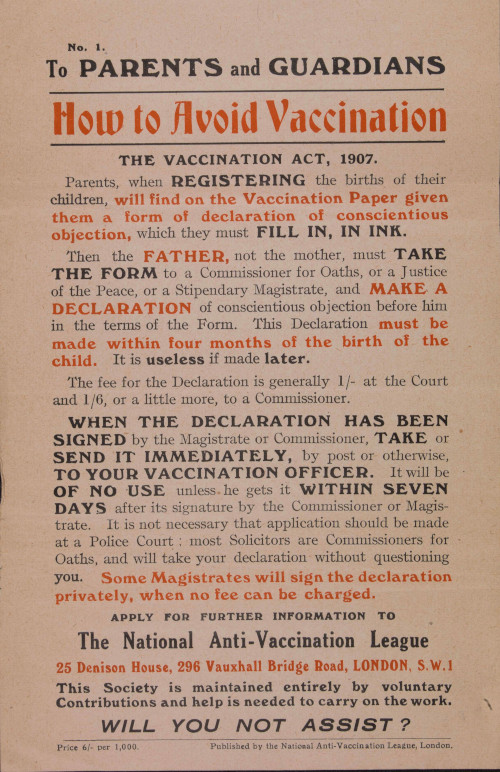
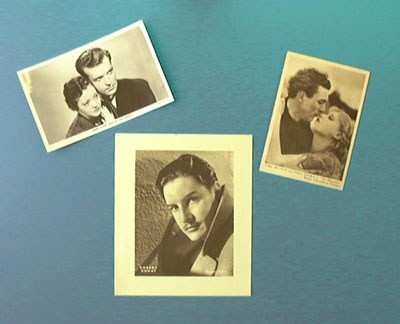
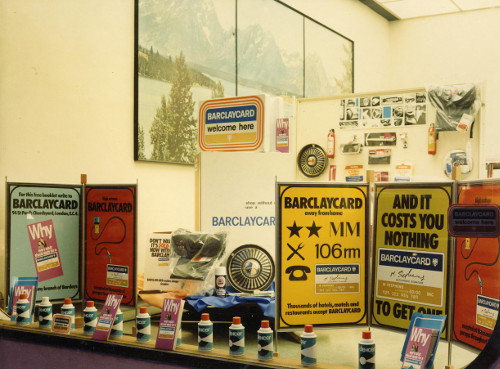
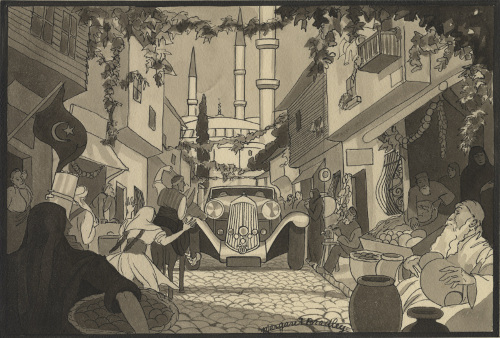
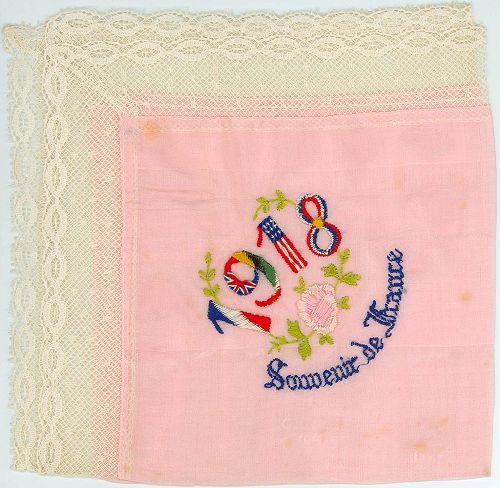
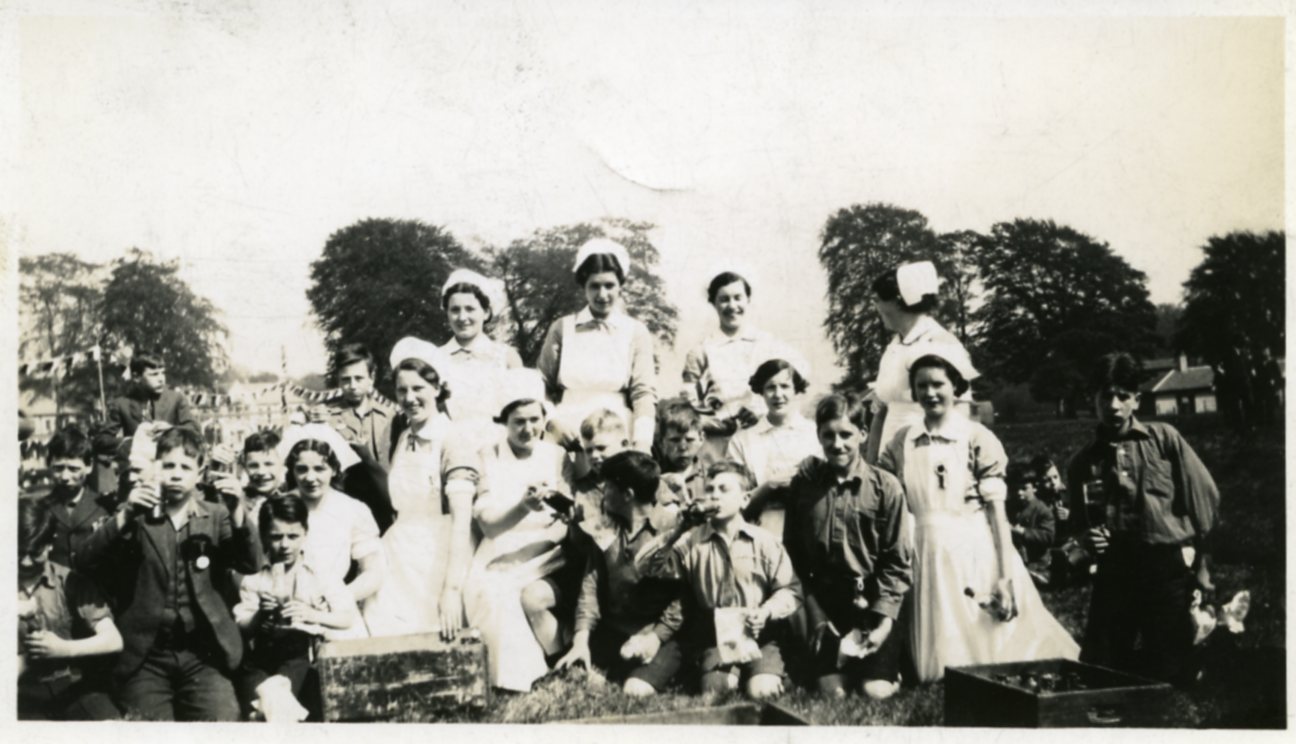
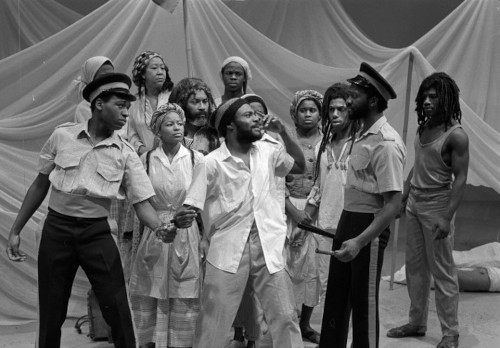

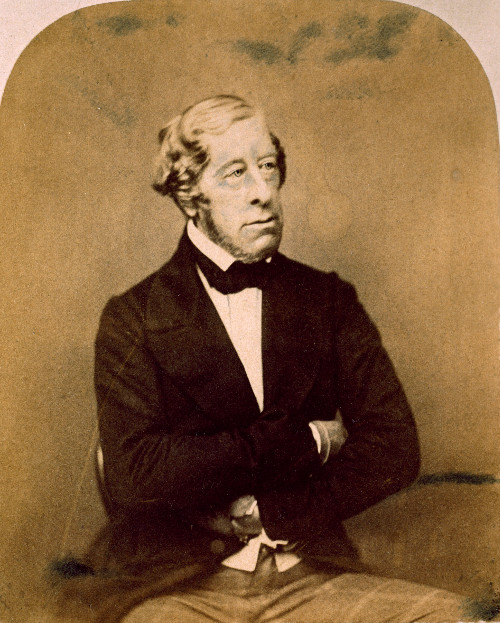
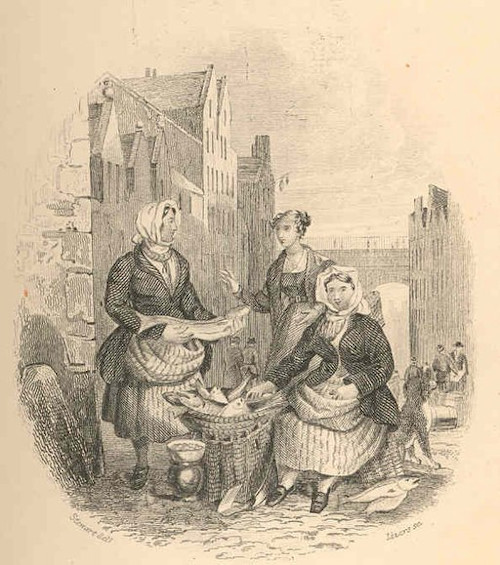

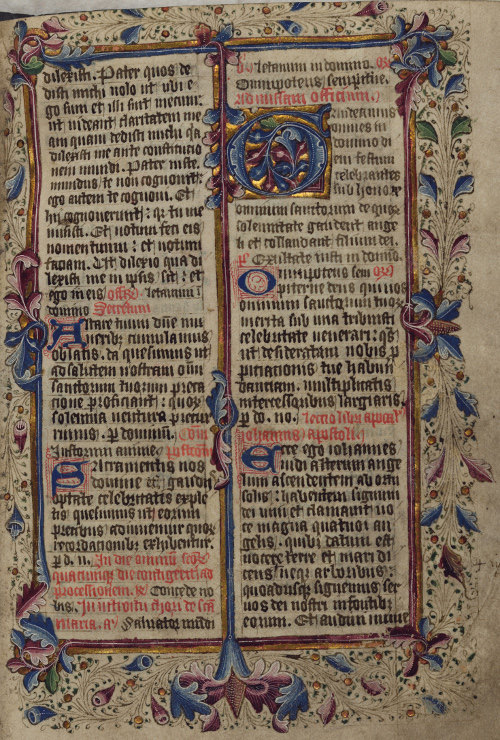
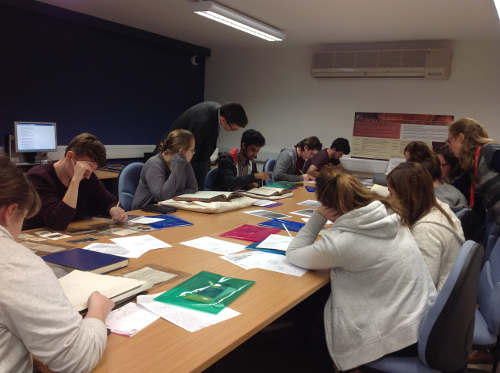
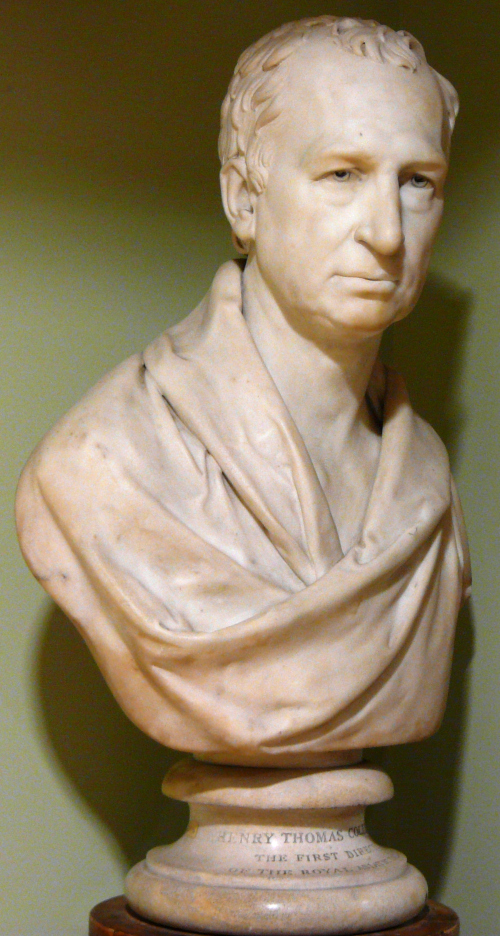


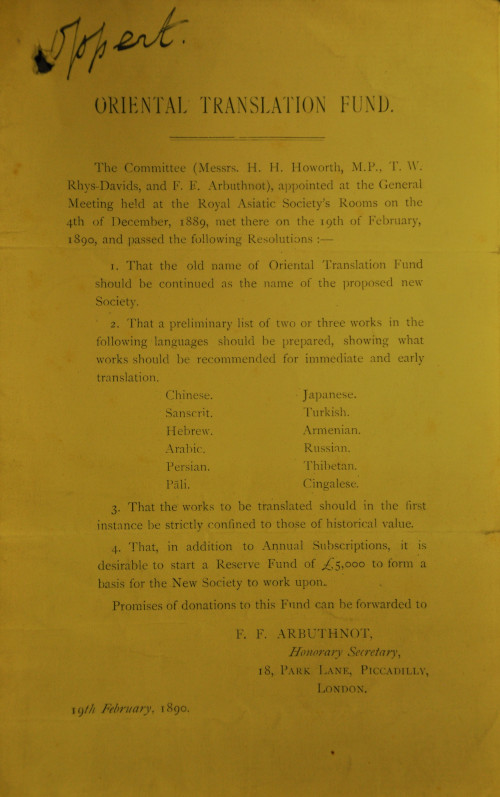
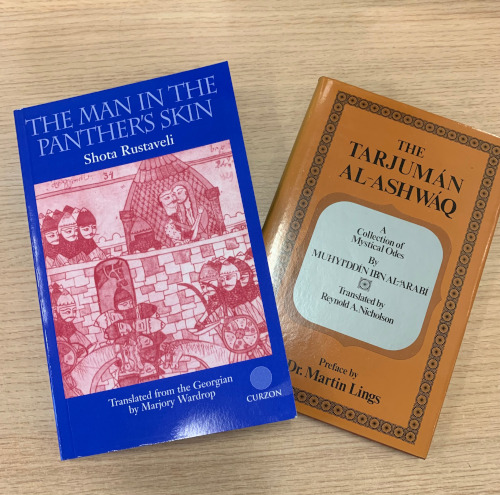
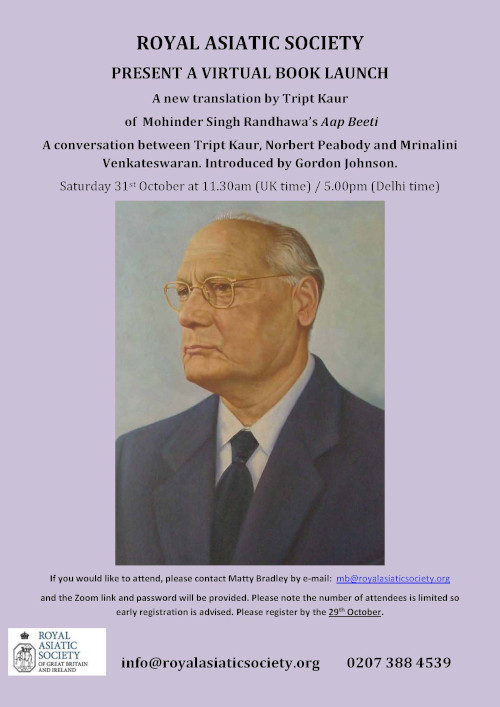




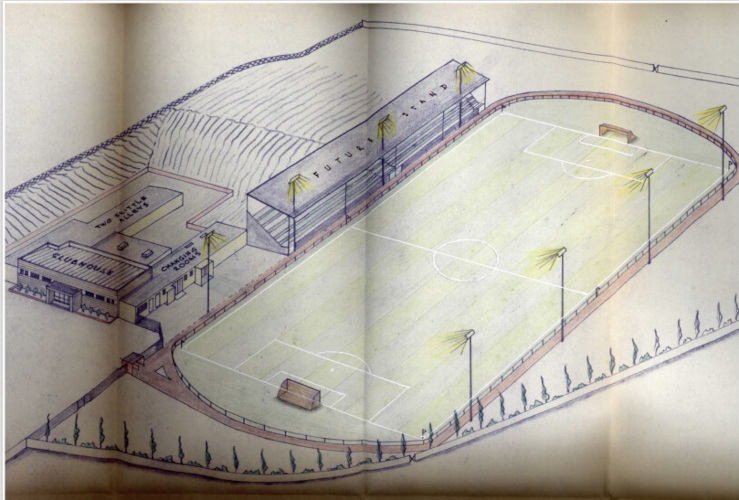
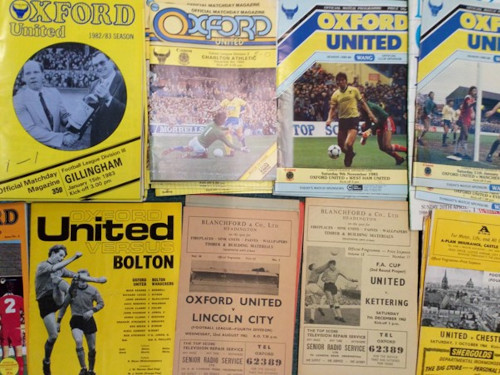
 Content of the workshop
Content of the workshop Clarity of the workshop
Clarity of the workshop Useful & worthwhile
Useful & worthwhile

